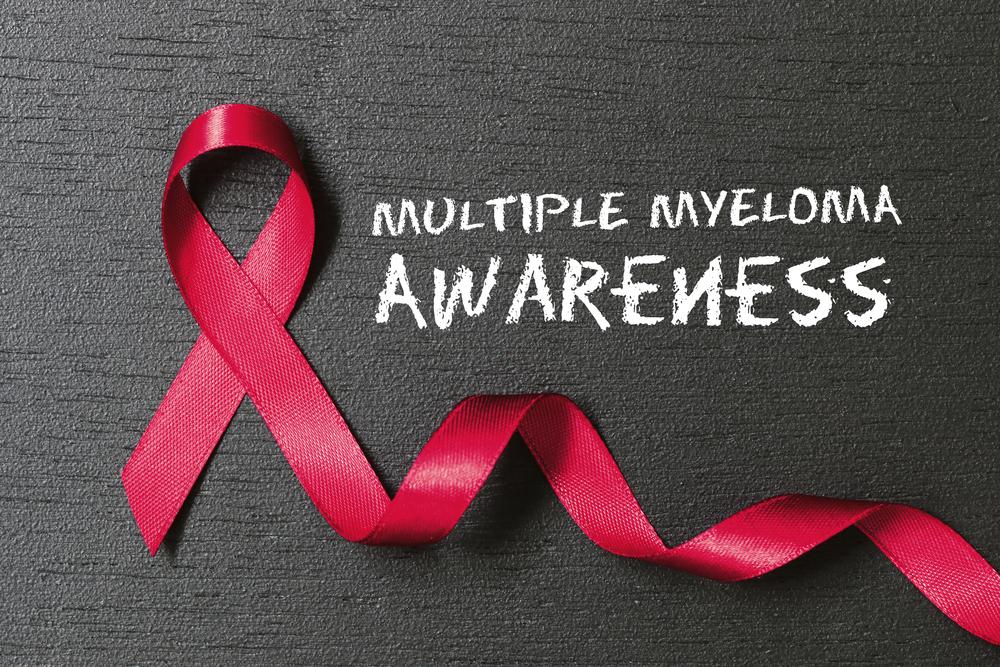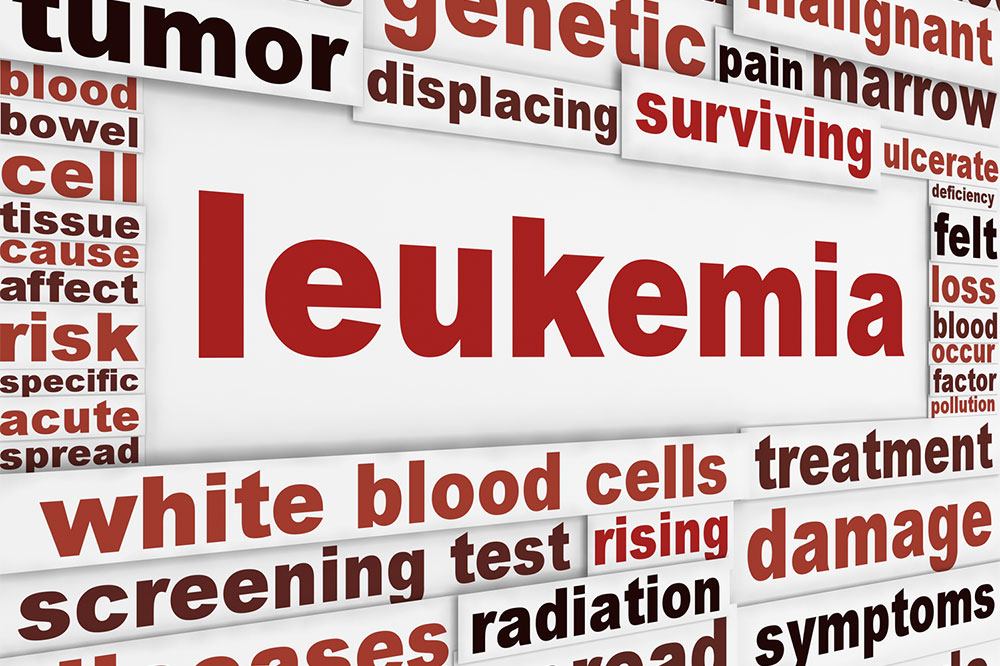Comprehensive Guide to Chronic Myeloid Leukemia (CML): Causes, Symptoms, and Advances in Treatment
This comprehensive article delves into chronic myeloid leukemia (CML), covering its causes, symptoms, disease phases, diagnostic methods, and latest treatment advancements. It emphasizes the impact of genetic mutations like the Philadelphia chromosome and highlights how targeted therapies such as TKIs have revolutionized patient outcomes. Enhanced understanding and early detection are crucial for effective management and long-term remission. The article aims to provide valuable insights for patients, healthcare professionals, and caregivers interested in CML’s ongoing developments.

Comprehensive Guide to Chronic Myeloid Leukemia (CML): Causes, Symptoms, and Advances in Treatment
Chronic Myeloid Leukemia (CML) is a complex and often insidious form of blood cancer that affects millions of individuals worldwide. As a subtype of leukemia, CML originates in the bone marrow—the proliferation site of blood cells—and poses significant health challenges if not diagnosed and managed effectively. In this detailed article, we explore the intricacies of CML, including its causes, symptoms, progression phases, diagnostic procedures, and the latest advancements in treatment options. Understanding this disease comprehensively enables patients, caregivers, and healthcare professionals to make informed decisions and pursue optimal care pathways.
What is Chronic Myeloid Leukemia?
CML is a slow-growing form of leukemia characterized by the overproduction of abnormal white blood cells, specifically granulocytes. Unlike acute leukemia, where symptoms appear rapidly and require immediate aggressive treatment, CML often develops gradually over several years, often unnoticed in the early stages. Although it progresses slowly, if left untreated, it can lead to severe complications such as anemia, infections, bleeding, and transformation into more aggressive leukemia forms.
Causes and Risk Factors of CML
The exact cause of CML remains largely idiopathic, but research points to specific factors that elevate the risk of developing the disease. Unlike other cancers that are strongly linked to lifestyle or hereditary factors, CML predominantly results from genetic mutations. The hallmark of CML is the Philadelphia chromosome, which results from a translocation between chromosomes 9 and 22 (t(9;22)). This genetic abnormality produces the BCR-ABL fusion gene, leading to uncontrolled cell growth in the bone marrow.
One of the main triggers linked to the development of CML is exposure to high doses of ionizing radiation. Individuals who, due to their occupation or environment, have been exposed to significant radiation levels are at increased risk. For example, survivors of atomic bombings or nuclear accidents exhibited a higher incidence of CML. Unlike other cancers where lifestyle factors such as smoking or dietary habits significantly influence risk, CML's origins are more closely tied to genetic alterations and radiation exposure.
Understanding the Pathophysiology: The Role of the Philadelphia Chromosome
The defining genetic hallmark of CML is the Philadelphia chromosome, a shortened chromosome 22 resulting from a reciprocal translocation with chromosome 9. This abnormal chromosome carries the BCR-ABL fusion gene, which encodes an abnormal tyrosine kinase enzyme. This enzyme's continuous activation leads to excessive proliferation and survival of myeloid cells, disrupting normal hematopoiesis.
This genetic mutation is detectable via chromosomal analysis and molecular testing, making it essential in the diagnosis of CML. Identifying the Philadelphia chromosome not only confirms the diagnosis but also provides a target for specific therapies, notably tyrosine kinase inhibitors (TKIs). These targeted treatments have revolutionized CML management by directly inhibiting the abnormal enzyme activity.
Symptoms and Disease Progression Phases
Many individuals with early-stage CML may be asymptomatic, discovering their diagnosis incidentally through routine blood tests. When symptoms manifest, they often reflect the overproduction of abnormal white blood cells and general systemic effects.
Persistent fatigue
Unexplained weight loss
Night sweats
Fever and infections
Abdominal discomfort due to splenomegaly
Bruising or bleeding tendencies
Localized pain or feeling of fullness in the left upper abdomen
Phases of CML
CML progresses through three main phases, each with distinct clinical features and prognoses:
Chronic Phase
This is the initial phase, often lasting several years, during which patients may experience mild or no symptoms. Blood tests reveal elevated white blood cell counts, but the disease remains manageable. Targeted therapies are highly effective in controlling the disease during this phase.
Accelerated Phase
If untreated, CML may enter the accelerated phase, characterized by increased cell proliferation, resistance to treatment, and worsening symptoms. Blood counts become more unstable, and blast cells—a type of immature cell—may increase.
Blast Crisis
The final phase resembles acute leukemia, with rapid disease progression, high blast counts, and severe symptoms. This stage is life-threatening, requiring aggressive treatment approaches.
Diagnosis of CML
Diagnosis involves a combination of blood tests and bone marrow examination. The typical findings include elevated white blood cell counts, presence of the Philadelphia chromosome, and BCR-ABL genetic fusion detection via molecular techniques. Fluorescence in situ hybridization (FISH) and reverse transcription polymerase chain reaction (RT-PCR) are key tools in confirming the diagnosis and monitoring treatment response.
Modern Treatment Strategies and Management
The management of CML has advanced significantly in recent decades, transforming a once fatal disease into a manageable chronic condition for many. Central to modern treatment are targeted therapies, which directly inhibit the BCR-ABL fusion protein's activity.
Tyrosine Kinase Inhibitors (TKIs)
TKIs such as imatinib, dasatinib, nilotinib, bosutinib, and ponatinib are the cornerstone of CML treatment. They bind specifically to the BCR-ABL enzyme, preventing its activity, and effectively reduce malignant cell proliferation. Regular monitoring of blood counts and molecular markers guides treatment adjustments.
Other Treatment Options
Interferon-alpha: Previously standard treatment, now less commonly used due to side effects.
Allogeneic stem cell transplantation: Considered for resistant cases or advanced disease, involving replacement of diseased marrow with healthy donor cells.
Supportive care: Includes managing anemia, infections, and bleeding complications.
Monitoring and Long-term Management
Patients with CML require lifelong follow-up, including regular blood tests and molecular assessments to detect disease progression or relapse. Achieving deep molecular remission allows some patients to consider treatment discontinuation under medical supervision, a phenomenon known as treatment-free remission.
Prognosis and Future Directions
With the advent of TKIs, the prognosis of CML has improved dramatically. Most patients now achieve long-term remission, with survival rates approaching those of the general population. Ongoing research focuses on overcoming resistance to TKIs, understanding genetic variations influencing treatment response, and developing newer, more effective targeted therapies.
Preventive Measures and Awareness
While the primary driver—radiation exposure—cannot always be avoided, raising awareness about occupational safety and environmental hazards can reduce risk. Routine health screenings and blood tests enable early detection, improving overall outcomes.
In conclusion, understanding the biological basis, risk factors, and modern treatment options for CML allows patients and clinicians to navigate the disease effectively. Advances in targeted therapy have transformed CML from a fatal diagnosis to a manageable chronic condition, offering hope for improved quality of life and longevity.





